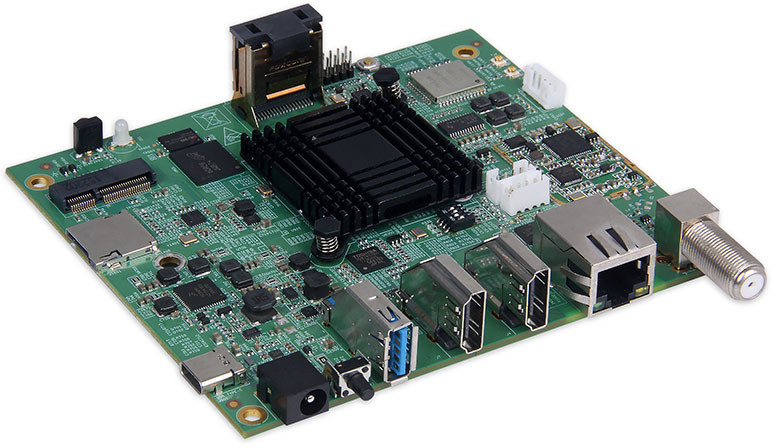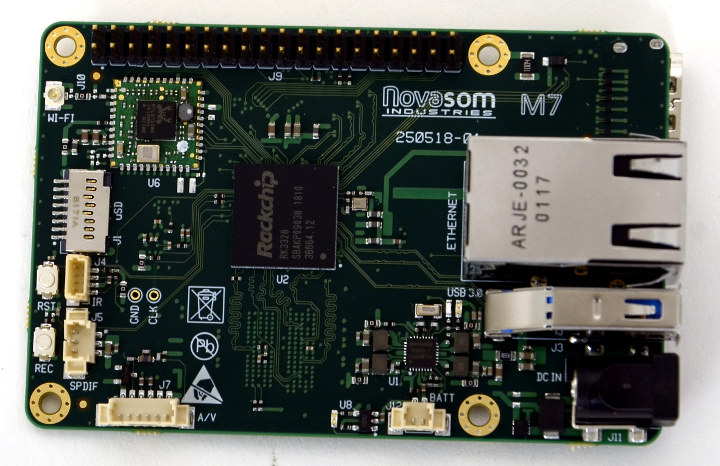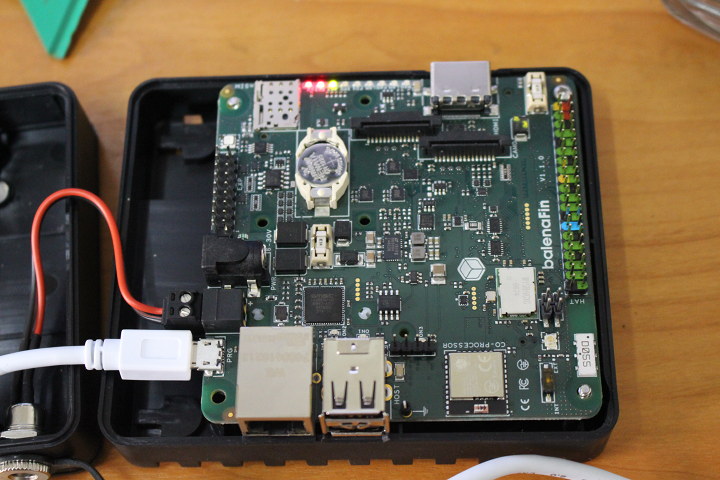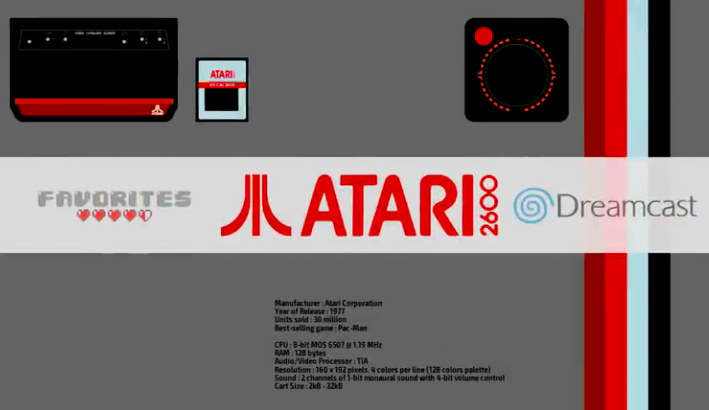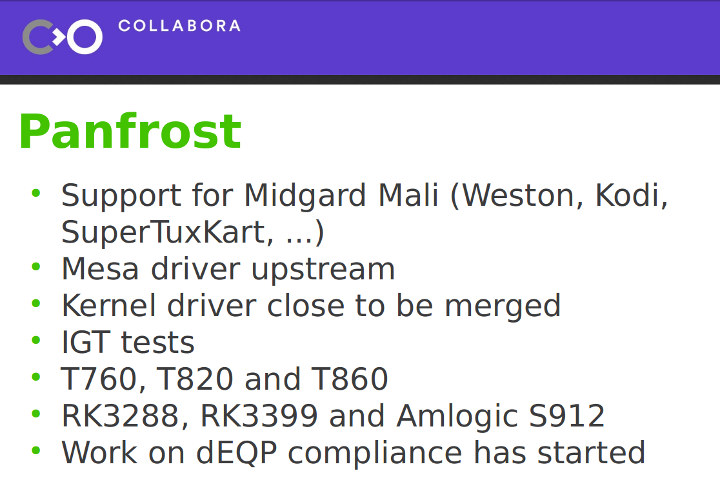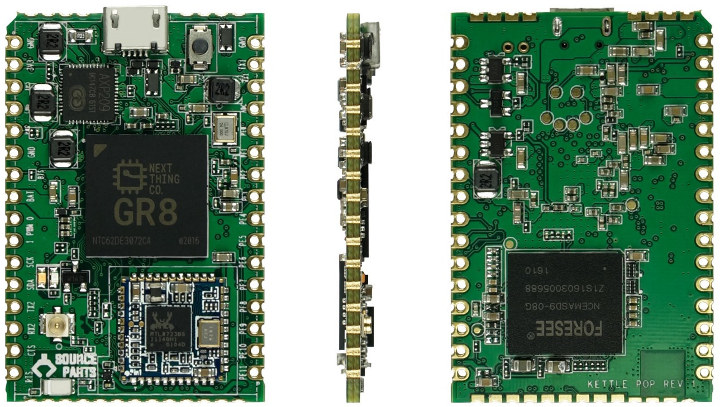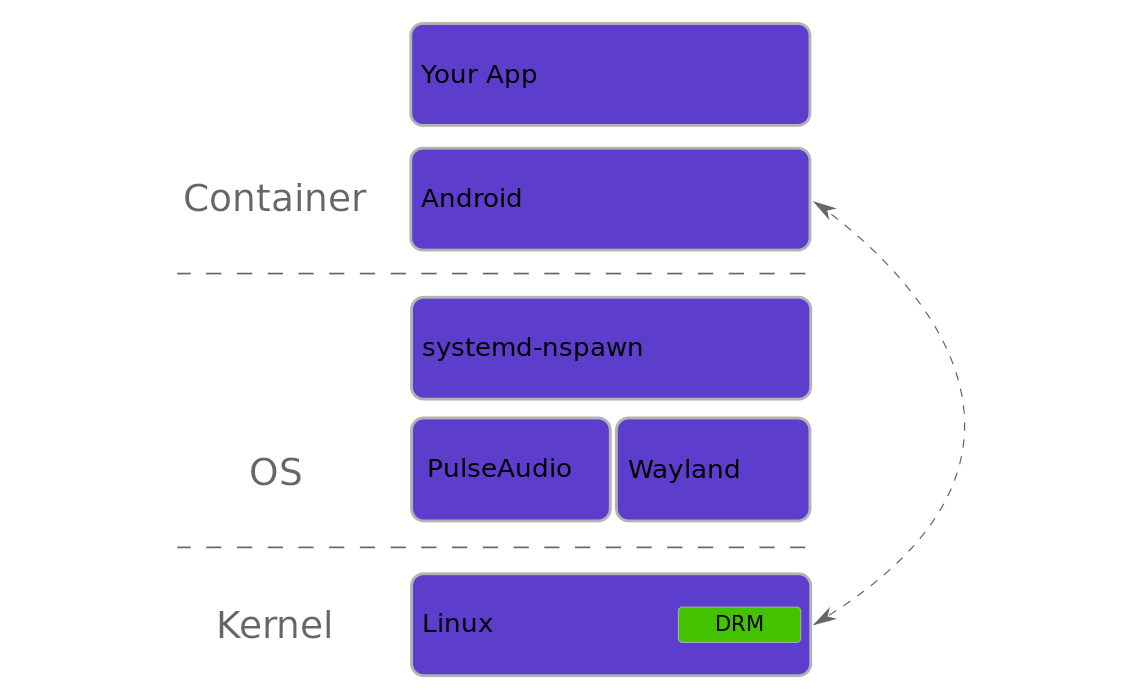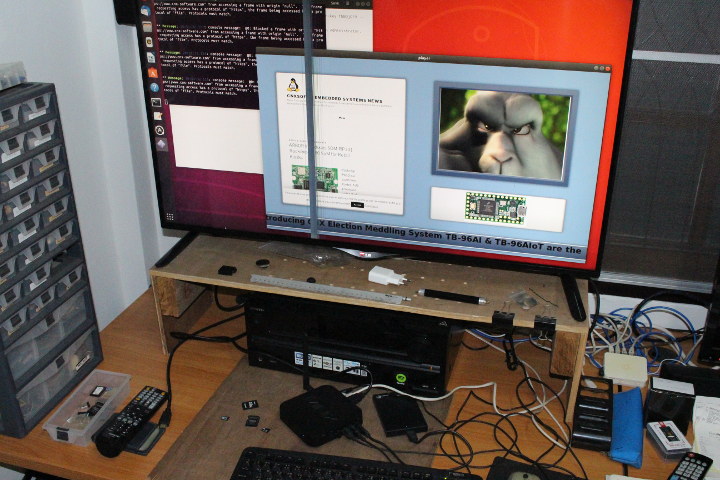Geniatech APC810 is yet another single board computer based on NXP i.MX 8M processor. The board comes with 3GB RAM, 16GB flash, Gigabit Ethernet, 802.11ac WiFi, HDMI 2.0 output as well as common interfaces or features such as HDMI 1.4 input, and an optional ATSC tuner. Geniatech APC810 specifications: SoC – NXP i.MX 8M quad core Cortex A53 processor @ 1.5GHz. Cortex-M4 real-time core, Vivante GC7000 GPU with support for OpenGL/ES 3.1, OpenGL 3.0, Open CL 1.2 System Memory – 3GB LPDDR4 Storage – 16GB eMMC flash (option:8GB/32GB), microSD Slot up to 64GB, M.2 socket for SATA Video I/O HDMI 2.0 output up to 4K @ 60 Hz HDMI 1.4a input MIPI DSI interface for LCD/AMOLED displays up to 1920×1080 resolution Video Playback – H.265 & VP9 up to 4K @ 60 fps, H.264 up to 4K @ 30 fps, MPEG-4/2 up to 1080p60, etc… Audio – Via HDMI, 4-pin […]
Novasom M7 SBC aims to be a Drop-In Replacement for Raspberry Pi 3 in Industrial Projects
Raspberry Pi boards are great for education and hobbyist projects, and while they are also found in industrial projects, they may not be the ideal solution for such commercial projects because of potential availability issues, stability issues in demanding environments, lack of certifications, and lack of commercial support. Novasom RASPMOOD family of SBCs aims to provide a drop-in replacement for Raspberry Pi based designs by providing mechanically and electrically compatible boards, as well as a software layer that allows the RASPMOOD boards to leverage the software you’ve already developed for your Raspberry Pi 3 design. Today we’ll specifically look at Novasom M7 “RASPMOOD” board – aka SBC-M7 – powered by a Rockchip RK3328 processor. Specifications: SoC – Rockchip RK3328 quad core Cortex-A53 processor with Mali-450MP4 GPU System Memory – Up to 4 GB DDR3 RAM Storage – Up to 256 GB eMMC Flash + uSD slot Video Output – HDMI […]
Getting Started with balenaFin Developer Kit, balenaOS and balenaCloud
balena Fin is a carrier board for Raspberry Pi Compute Module 3/3+ designed specifically for industrial applications leveraging fleet management services provided by Balena. I received balenaFin developer kit last month, and in the first part of the reviewed shows how to assemble the kit. I’m now had time to spend more time with the kit, as well as BalenaOS Linux based operating system optimized for running Docker containers on embedded devices, and balenaCloud services to manage a fleet of devices from a web dashboard. I’ve mostly followed the instructions in the getting started guides here and there, and will document what I had to do to prepare the image, flash it to the board, and load a sample docker application locally, and through balenaCloud. Downloading and Configuring BalenaOS for balena Fin You’ll find BalenaOS in the download page. While we are using hardware based on a Raspberry Pi Compute […]
Batocera.Linux OS Combines Kodi & Retro Gaming for Raspberry Pi & ODROID Boards
There are already several ways to run retro games on development boards, with for example RetroPie, and derivatives like RetrOrangePi, Lakka and Recalbox. Batocera.Linux is another option that I had never heard about so far, and works on PCs, as well as Raspberry Pi and ODROID boards, with ODROID-N2 support having been added very recently. batocera.linux operating system can easily be run from a USB flash drive on your computer without altering your existing OS, while it will boot from a standard microSD card on Raspberry Pi and ODROID boards. Beside retro-gaming support, the OS also includes Kodi media center for playing videos, or listening to music. You may even play games in it since retro-gaming support was added in Kodi 18. The partial compatibility table above shows all platforms have a different level of support, and for Intel hardware support more emulators than Arm based boards. The Orange arrow […]
Panfrost is an Open Source Driver for Arm Mali Midgard GPUs
Getting GPU drivers to work on Linux with Arm SoCs was really a struggle a few years ago due to close-sources binary blobs that required all bugs to be fixed by a single team. But in recent years we’ve seen good progress with open source mobile GPU drivers including Freedreno for Adreno GPUs, and Etnaviv for Vivante GPUs. Arm Mali also got its own open source Lima driver worked on for many years but only for older Utgard GPUs (Mali 400, Mali 450). However, during the Opensource GPU Drivers BoF at Linaro Connect Bangkok 2019, Rob Herring, Technical Architect at Linaro and Tomeu Vizoso, Principal Software Engineer at Collabora, discuss the status of drivers, and I learned about an open source driver for Mali Midgard (Mali-T6xx, Mali-T7xx) GPU called Panfrost. As we’ll see below, the driver is already capable of running basic demos, has been upstreamed to Mesa, and tested […]
Kettlepop is a Limited Edition of a CHIP Pro Derivative with 8GB eMMC flash
Next Things Co. CHIP was a $9 Arm Linux board based on Allwinner R8 processor that become fairly popular due to its low price, built-in WiFi & Bluetooth connectivity, open source hardware design, and integration into fun kits such as PocketCHIP portable gaming console/ Linux handheld computer. Later the company expanded their product line with CHIP Pro featuring Allwinner GR8 system-in-package, and designed as a low profile system-on-module to make it more suitable for integration into commercial products. Sadly, the company eventually ran into financial problems, and had to fold later in 2018. However, later that year, a company called Source Parts announced they were working on Popcorn Computer, a derivative of C.H.I.P. board, and appears to have sold it through Amazon US for a time. But this morning, I was informed that a board called Kettlepop was added to HackerBoards database with Next Things Co. GR8 SiP, and also […]
SPURV Runs Android Apps in Linux over Wayland
We’ve previously seen it was possible to run Android apps natively inside Linux thanks to Anbox that leverages the Linux kernel in Ubuntu for better integration and performance, and uses an LXC container to run Android operating system. Collabora now offers a different solution with SPURV that runs the full Android OS, including a separate Linux kernel, in its own container and works over Wayland thanks to a graphics bridge from Android to Wayland. Four main components are part of the implementation: Android target device – This component integrates SPURV into Android by using the device infrastructure that the Android codebase provides, and the company specifically the target runs inside of a systemd-nspawn container. SPURV Audio – Bridges the Android Audio Hardware Abtraction Layer (HAL) to the host PulseAudio stack. SPURV HWComposer – Integrates Android windows into Wayland by implementing a HWC-to-Wayland bridge, where HWC is the Android API for […]
MINIX NEO Z83-4U Review – Ubuntu 18.04, Kodi 18, and Xibo Digital Signage
MINIX NEO Z83-4U is a Cherry Trail mini PC pre-loaded with Ubuntu 18.04. I received a sample a little while ago, and in the first part of NEO Z83-4U review I checked out the specifications and hardware that appears to be exactly the same a MINIX NEO Z83-4 Pro mini PC, except for the eMMC flash capacity that has increased from 32GB to 64GB. Since the mini PC comes with an older Atom X5-Z8350 processor, and is designed for commercial applications, I’ve decided to make a slightly different review. We already now how the system is supposed to perform thanks to benchmarks with NEO Z83-4 mini PC running Windows 10 Pro, so I’ll just check the main features are working as expected in Ubuntu 18.04, test audio & video support in Kodi 18.1, and try out Xibo Linux open source digital signage CMS and player on the mini PC. MINIX […]

